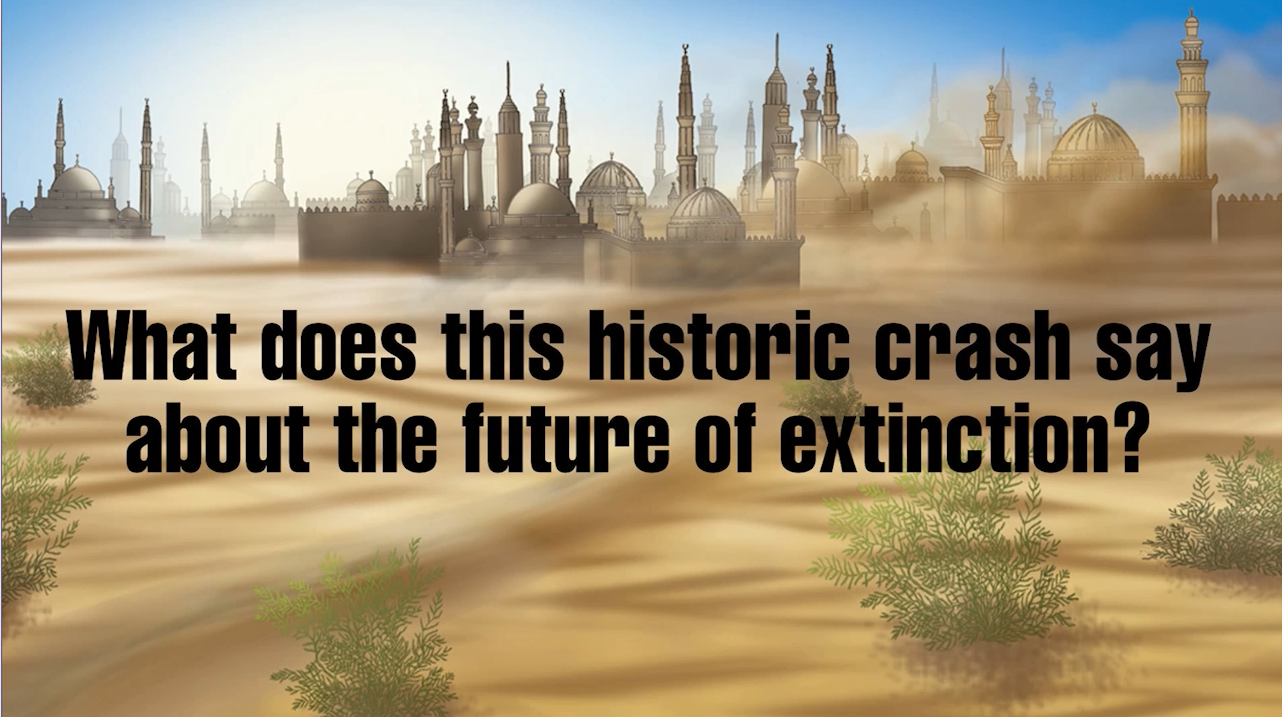And Then They Were Gone: Egypt’s Disappearing Wildlife
By Katie L. Burke, Katie-Leigh Virginia Corder, Tom Dunne
What does this historic crash say about the future of extinction?
April 13, 2015
From The Staff Environment
Using fossils and depictions in ancient art, Justin Yeakel and his colleagues reconstructed the food web of larger-bodies mammals over the past 11,000 years. As the climate became more arid and human population densities increased, the mammalian food web of Egypt lost its redundancy as more animals became locally extinct. Most notably, midsized herbivores—such as gazelles and antelope that link to the most carnivores—declined. Animals that are herbivores are outlined in green; carnivores are red.
The food web today is much more unstable, meaning any one extinction could lead to more domino-effect extinctions, than the rich assemblage during the African Humid Period, where we begin.
To keep this conceptual schematic elegant, we made a few simplifications: The order of the extinctions is not exact, though the assemblages shown at the three time steps is correct, and a few of the species present at some point over the time frame covered were left out due to limited space.

For more, read "Modern Lessons From Ancient Food Webs" in the May-June 2015 issue of American Scientist.

American Scientist Comments and Discussion
To discuss our articles or comment on them, please share them and tag American Scientist on social media platforms. Here are links to our profiles on Twitter, Facebook, and LinkedIn.
If we re-share your post, we will moderate comments/discussion following our comments policy.